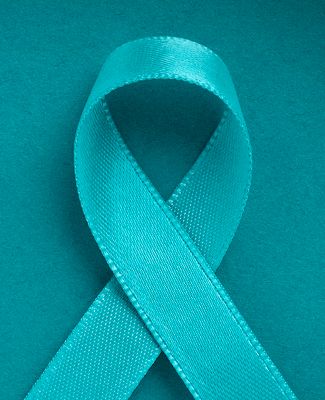Six Steps to Support a Survivor

Six Steps to Support a Survivor
It takes courage for a survivor of sexual assault or domestic violence to share their story with anyone. Never underestimate your power to affect the course of a survivor’s healing journey.
March 21, 2018It takes courage for a survivor of sexual assault or domestic violence to share their story with anyone. Never underestimate your power to affect the course of a survivor’s healing journey. Here are some tools—words, actions, and resources—that can help you support someone who shares personal experiences with you.
You don’t have to be an expert—you just have to be yourself. If someone shares their experience with you, you’re probably a person they look to for support, compassion and guidance. Although you can’t take away what happened to someone, you can be a source of comfort.
1. Listen
Sometimes you don’t even need words (or at least not a lot of words), to be there for someone. Many people share that being able to tell their story to someone else lessens the weight of isolation, secrecy and self-blame. Listening is in and of itself an act of love.
2. Validate
Think about a time when you felt vulnerable or faced a crisis, and think of what helped you the most. Chances are it was not a specific conversation you had, but it was the knowledge and comfort that the person or people you told were there for you, believed in you, were on your side, and were committed to supporting you through a hard time. There are some helpful phrases you can use to show you care.
“I’m so sorry this happened to you.”
“I believe you.”
“This is not your fault.”
“ You’re not alone. I’m here for you and I’m glad you told me.”
Often times, a survivor may feel like what happened to them is their fault. We are bombarded with victim-blaming myths and attitudes in our society, and they can sink in…deeply. But no action excuses a person hurting someone else. Violence and abuse is never the victim’s fault. That responsibility and shame lies with the perpetrator. It can be helpful to communicate that gently and repeatedly.
“Nothing you did or could’ve done differently makes this your fault.”
“The responsibility is on the person who hurt you.”
“No one ever has the right to hurt you.”
“I promise, you didn’t ask for this.”
“I know that it can feel like you did something wrong, but you didn’t.”
“It doesn’t matter if you did or didn’t _______. No one asks to be hurt in this way.”
3. Ask what more you can do to help
Violence and abuse is about power and control. It is vital for survivors to regain their sense of personal power. Instead of pushing someone into taking actions for which they are not ready, ask how you can support them.
4. Know where to point someone for more help
You can best help a survivor by offering options and leaving space for them to decide where to go from there.
5. Keep an open heart
Remind a survivor you are available should they want to talk about their experiences further. The healing journey can be a long one. It can be full of many challenging—but sometimes joyful and liberating—conversations. It can make a big difference for a survivor to know you are there to support them along the way.
6. Finally, care for yourself
There is a limit to what we are able to take in and process. The stories of someone else’s hardships related to a traumatic event can impact or become a part of us. This experience of second-hand trauma—often called vicarious trauma—is a human response to coming face-to-face with the reality of trauma and the difficulties of the human experience.
Contributing Writer(s): Joyfulheartfoundation.com








